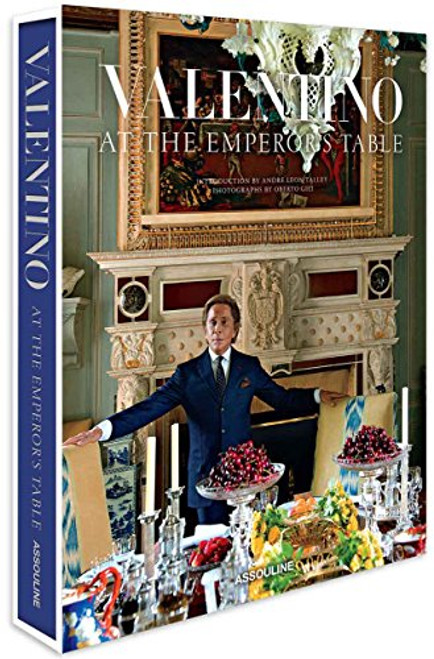From the author of Becoming Mae Westan in-depth look at the Silver-Screen legend who forever changed Americas idea of the leading man
Tango pirate, gigolo, powder puff, Adonisall have been used to describe the silent-film icon known as Rudolph Valentino. From his early days as a taxi dancer in New York City to his near apotheosis as the ultimate Hollywood heartthrob, Rudolph Valentino (often to his distress) occupied a space squarely at the center of controversy. In this thoughtful retelling of Valentinos short and tragic lifethe first fully documented biography of the starEmily W. Leider looks at the Great Lovers life and legacy, and explores the events and issues that made him emblematic of the Jazz Age. Valentinos androgynous sexuality was a lightning rod for fiery and contradictory impulses that ran the gamut from swooning adoration to lashing resentment. He was reviled in the press for being too feminine for a man; yet he also brought to the screen the alluring, savage lover who embodied womens darker, forbidden sexual fantasies.
In tandem, Leider explores notions of the outsider in American culture as represented by Valentinos experience as an immigrant who became a celebrity. As the silver screens first dark-skinned romantic hero, Valentino helped to redefine and broaden American masculine ideals, ultimately coming to represent a graceful masculinity that trumped the deeply ingrained status quo of how a man could look and act.
Tango pirate, gigolo, powder puff, Adonisall have been used to describe the silent-film icon known as Rudolph Valentino. From his early days as a taxi dancer in New York City to his near apotheosis as the ultimate Hollywood heartthrob, Rudolph Valentino (often to his distress) occupied a space squarely at the center of controversy. In this thoughtful retelling of Valentinos short and tragic lifethe first fully documented biography of the starEmily W. Leider looks at the Great Lovers life and legacy, and explores the events and issues that made him emblematic of the Jazz Age. Valentinos androgynous sexuality was a lightning rod for fiery and contradictory impulses that ran the gamut from swooning adoration to lashing resentment. He was reviled in the press for being too feminine for a man; yet he also brought to the screen the alluring, savage lover who embodied womens darker, forbidden sexual fantasies.
In tandem, Leider explores notions of the outsider in American culture as represented by Valentinos experience as an immigrant who became a celebrity. As the silver screens first dark-skinned romantic hero, Valentino helped to redefine and broaden American masculine ideals, ultimately coming to represent a graceful masculinity that trumped the deeply ingrained status quo of how a man could look and act.






